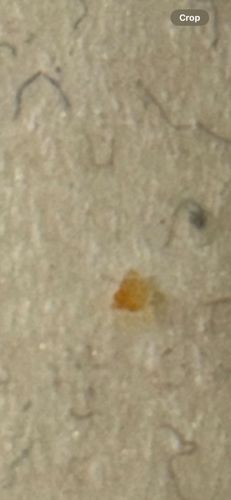Bird Mite
Scientific Name: Dermanyssus gallinae (most common, but other species exist)
Order & Family: Mesostigmata, Dermanyssidae
Size: 0.7 - 1.0 mm (unfed), up to 2.0 mm (engorged with blood)

Natural Habitat
Primarily nests and coops of birds, especially poultry. Can temporarily infest indoor environments if their bird hosts are removed or die, seeking new hosts (including humans).
Diet & Feeding
Blood of birds. They are obligate hematophagous parasites. While they prefer birds, they will bite humans and other mammals if their primary hosts are unavailable.
Behavior Patterns
Nocturnal feeders, hiding in cracks and crevices during the day. They have a rapid life cycle (about 7 days from egg to adult in optimal conditions) which can lead to rapid population growth. They are highly mobile and can travel to find new hosts. They do not burrow into skin.
Risks & Benefits
Risks: Can cause intense itching and skin irritation (dermatitis) in humans, though they generally cannot complete their life cycle on human blood. Can transmit diseases among birds, such as fowl pox and Newcastle disease, and cause anemia and reduced egg production in poultry. Benefits: None known for humans or ecosystems; they are pests.
Identified on: 9/4/2025